Trek Overview
The Khopra Ridge, also known as Khopra Danda, is a prominent ridge line situated in the heart of the Annapurna Conservation Area. Unlike the more famous trekking routes in the region, the Khopra Ridge Trek takes you on a journey to a quieter, more remote area, offering a unique blend of stunning natural beauty and authentic cultural immersion.
Khopra Danda, situated at 3,660 meters, provides close-range views of the Dhaulagiri massif. The trek also incorporates an ascent to Ghorepani Poon Hill (3,210 meters), known for its extensive sunrise views across the Annapurna and Dhaulagiri ranges. But the Khopra Ridge is more than just a viewpoint. The trek to reach it takes you through diverse landscapes, from lush rhododendron forests and terraced farmlands to charming traditional Gurung villages, such as Ghandruk, offering insights into local culture and lifestyle.
From the Khopra Ridge and its surrounding viewpoints, you'll be treated to breathtaking panoramic vistas that include the majestic Dhaulagiri (the seventh highest mountain in the world), the snow capped Annapurna South, the iconic Machhapuchhre (the sacred "Fishtail" mountain), the alluring Hiunchuli, and even glimpses of the mighty Annapurna I. The sheer scale and grandeur of these snow-capped peaks, stretching as far as the eye can see, are truly captivating.
In essence, the Khopra Ridge Trek offers a more off-the-beaten-path adventure, providing a sense of tranquility and solitude that can be harder to find on the more popular trails. It's a chance to experience the raw beauty of the Himalayas, immerse yourself in the local culture, and create memories that will last a lifetime.

Highlights of the Khopra Ridge Trek
- Breathtaking Panoramic Mountain Views: Witness stunning 360-degree vistas of the Annapurna and Dhaulagiri ranges, including iconic peaks like Annapurna South, Machhapuchhre, and Dhaulagiri, especially from Khopra Danda.
- Serene and Less Crowded Trails: Enjoy a more peaceful and adventurous trekking experience away from the crowded trails, offering tranquility and a deeper connection with nature.
- Authentic Cultural Encounters: Immerse yourself in the rich traditions and warm hospitality of Gurung and Magar villages, gaining insights into local lifestyles and cultures.
- The Sacred Beauty of Khayer Lake: Discover the pristine and spiritually significant high-altitude Khayer Lake, offering stunning reflections and a tranquil atmosphere.
- Diverse Landscapes and Natural Beauty: Trek through varying terrains, including vibrant rhododendron forests, terraced fields, and alpine forests, showcasing the region's rich biodiversity.
- Sunrise view from Poonhill: Witnessing the breathtaking sunrise view looks like painting the Annapurna and Dhaulagiri mountain ranges in vibrant hues from Poon Hill.
Why the Khopra Ridge Trek?
Choose the Khopra Ridge Trek in 2025 with View Nepal Treks & Expedition for unparalleled panoramic views of the Annapurna and Dhaulagiri ranges, often considered superior to more popular routes. Escape the crowds on its serene trails and immerse yourself in authentic Gurung culture, staying in community-run lodges. Witness the sacred beauty of Khayer Lake and trek through diverse landscapes. While the Khopra Ridge Trek cost is generally moderate, offering good value for a unique Himalayan experience, it varies based on itinerary, duration, and whether you choose a guided trek or independent travel. For a less crowded path with breathtaking scenery and cultural richness, the Khopra Ridge Trek is an exceptional choice.
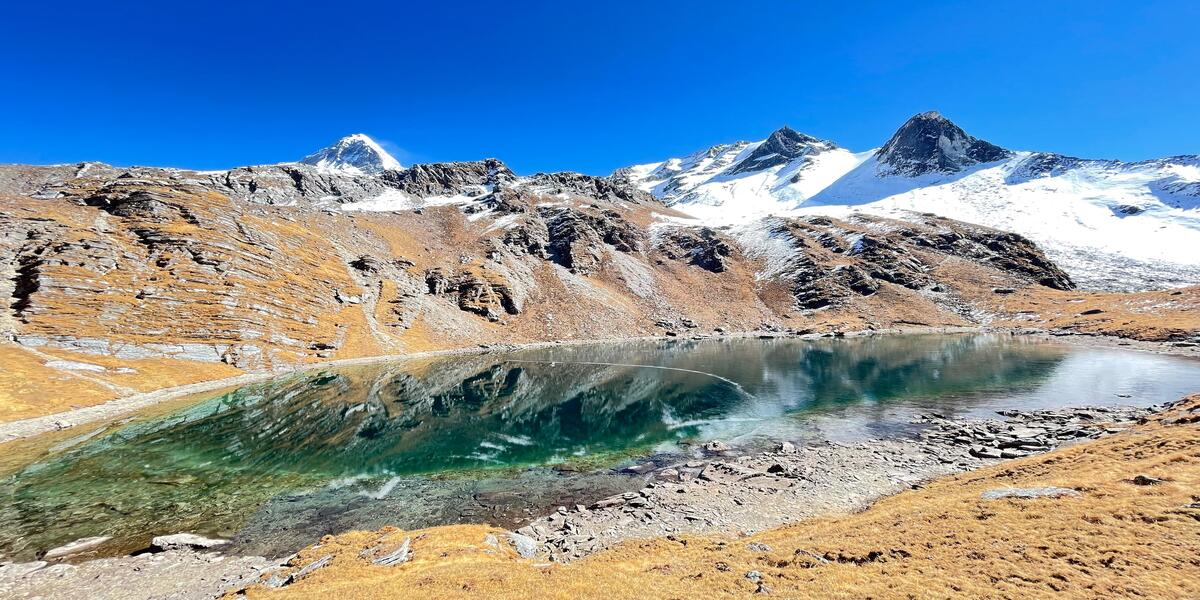
How difficult is the Khopra Ridge Trek?
The Khopra Ridge Trek is generally considered moderately challenging, making it accessible to you with a moderate fitness level. Daily walking typically involves 4-6 hours. Still, some days, particularly the ascent to Khopra Danda (3,660m) and the optional hike to Khayer Lake(4,620m), feature steeper and more demanding climbs at higher altitudes. These sections require good stamina and the ability to handle sustained uphill trekking.
Altitude is the main factor contributing to the trek's difficulty. As you ascend, the reduced oxygen levels can lead to altitude sickness, so a gradual itinerary with acclimatization days is crucial for a safe and enjoyable experience. While the trails are mostly well-established and managed, in some sections, it can be rocky and uneven in places, so you must be careful when walking. No technical climbing skills are necessary, but a good level of cardiovascular fitness and leg strength will significantly enhance your ability to complete and enjoy the Khopra Ridge Trek.
The Khopra Ridge Trek is rated as moderate. You should be prepared for:
Preparation Tips:
- Physical Fitness: Engage in regular cardio and strength training exercises before the trek.
- Acclimatization: Include rest days and ascend gradually to prevent altitude sickness.
- Gear: Purchase quality trekking boots, layered clothing, and a good sleeping bag.
- Altitude Gain: Starting from around 1,100 meters at Nayapul to Khopra Danda, situated at 3,660 meters.
- Daily Walking Hours: Approximately 5–7 hours per day.
- Trail Conditions: Steep ascents and descents, with some rocky sections. If you hike up to Khayer Lake, you have to ascend by rocky stairs.
How much does the Khopra Ridge Trek cost?
The cost of the Khopra Ridge Trek varies depending on several factors, including the duration of your trek, the level of service you choose (budget, standard, or comfort), whether you hire a guide and/or porter, and if you book through a tour operator or trek independently.
Permits: You'll need two permits: the Annapurna Conservation Area Permit (ACAP), which costs around $30, and the Trekkers' Information Management System (TIMS) card, costing around $20. These are often included if you book with an agency.
Guided Packages:Most people opt for a guided trek. For a standard 7-10 day Khopra Ridge trek package, expect to pay anywhere from $450 to $700 per person. This usually includes accommodation in seahouses, all meals during the trek, an English-speaking guide, and necessary permits. Solo trekkers will generally pay more.
Independent Trekking: While possible, it's less common on this route. If you go independently, you'll need to budget for your permits, accommodation (around $10-$25 per night for a basic teahouse room), and food ($20-$30 per day). This can be more budget-friendly but requires more planning and self-reliance.
Additional Costs: Factor in costs for transportation to and from Pokhara (the starting/ending point), personal expenses like drinks, snacks, hot showers, and potential tips for your guide and porters. Budget an extra $100-$200 for these extras.

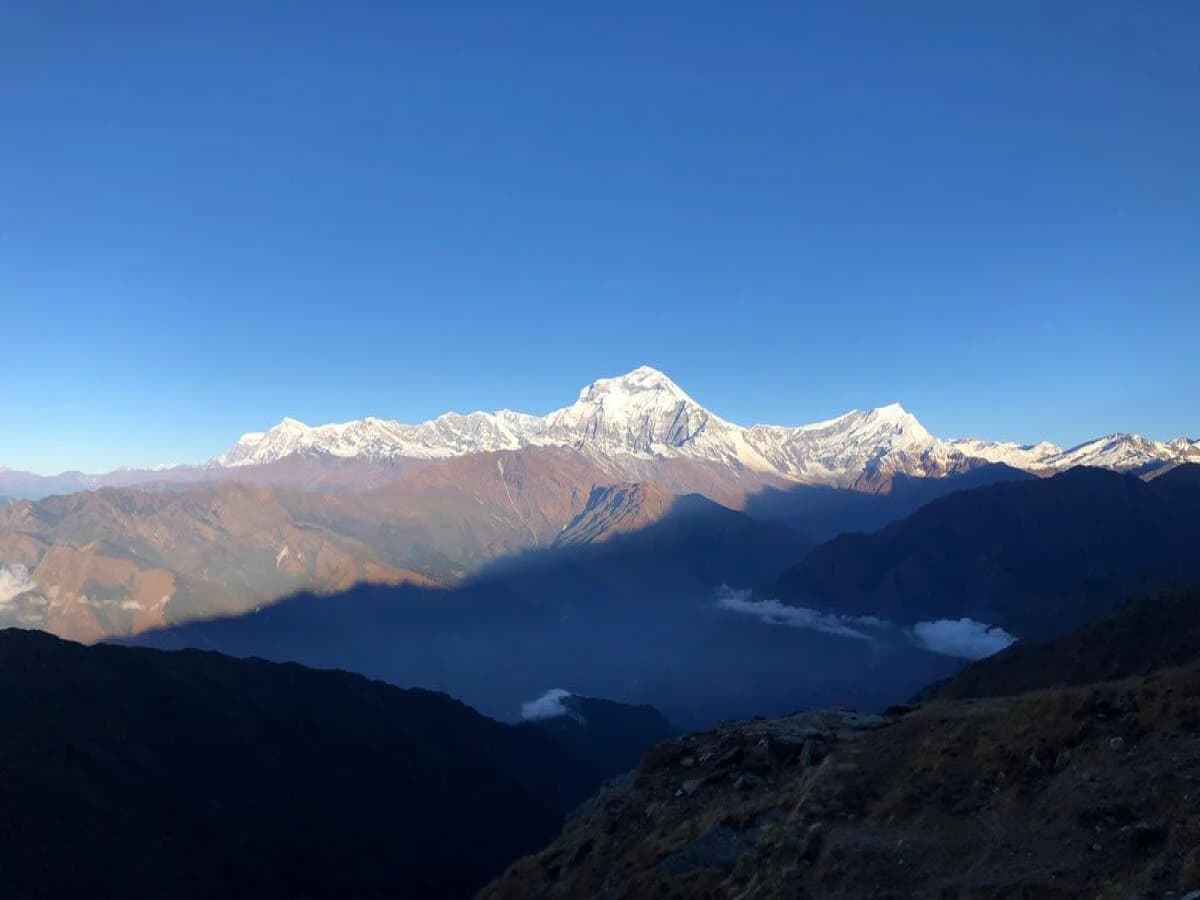
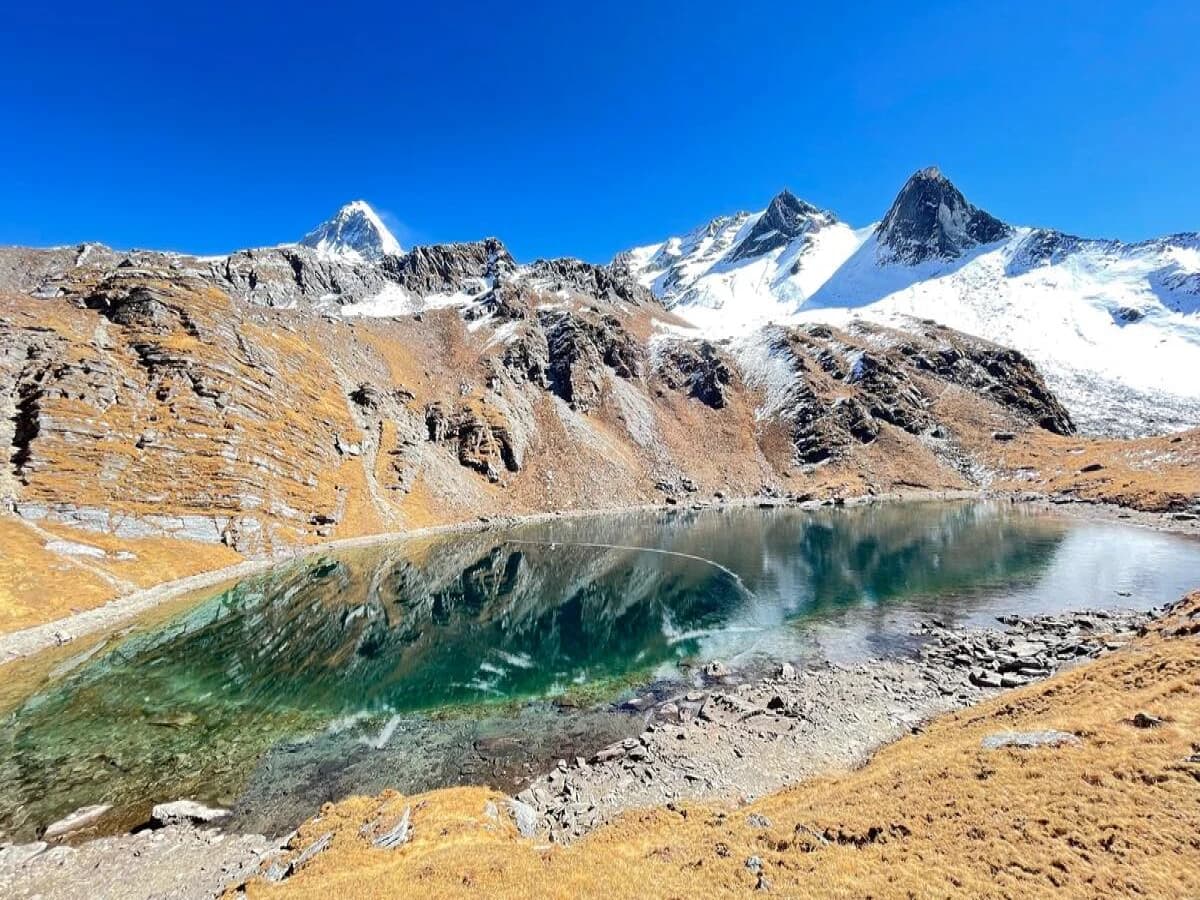
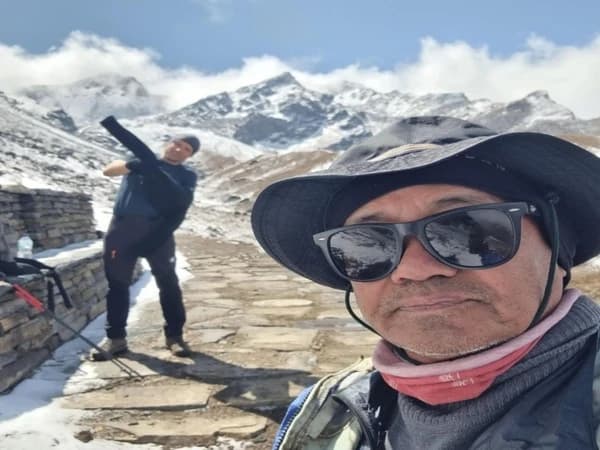
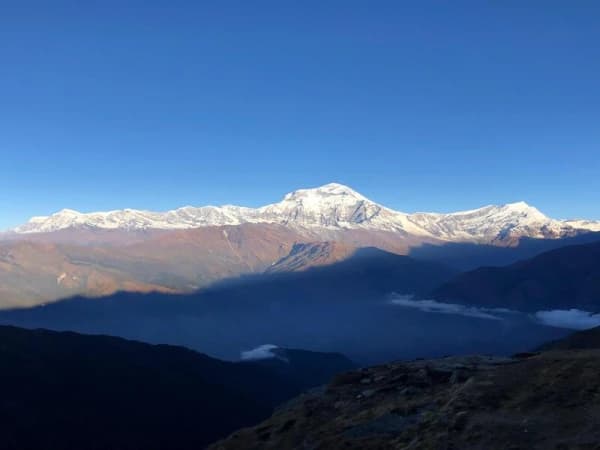
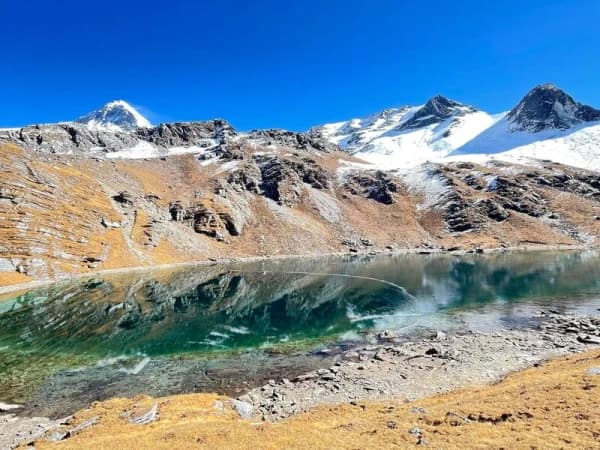
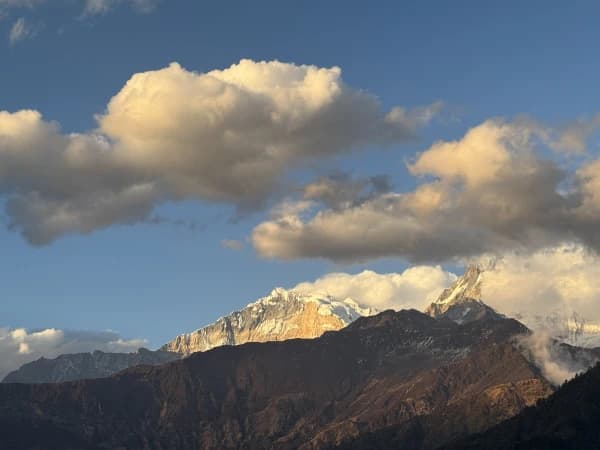
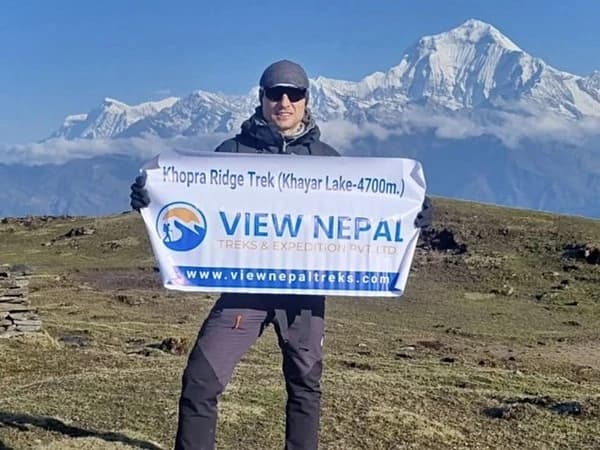
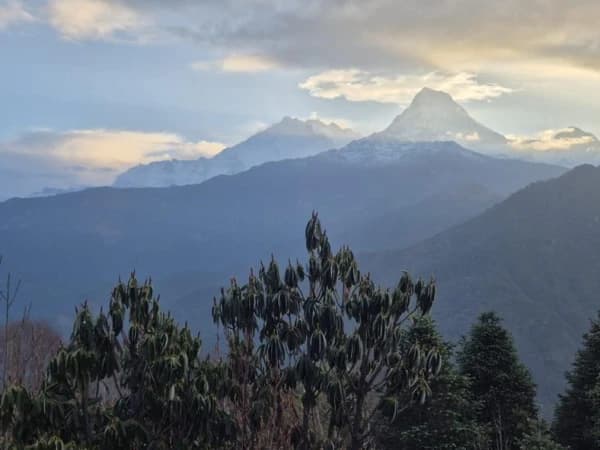
.webp&w=1200&q=75&dpl=dpl_EiqBnGJVtEAU77Sszo4VoxKYvXf2)
.webp&w=1200&q=75&dpl=dpl_EiqBnGJVtEAU77Sszo4VoxKYvXf2)
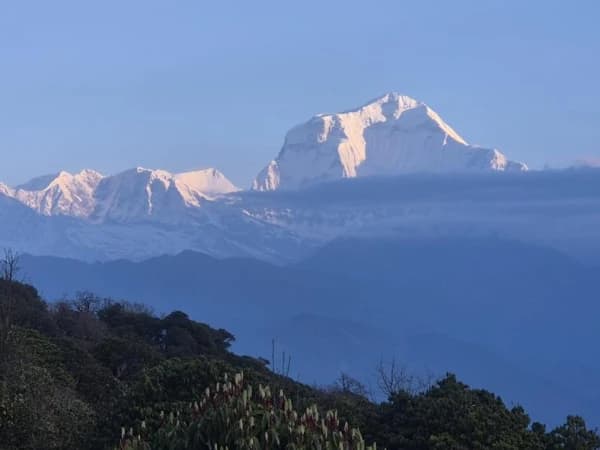
.webp&w=1200&q=75&dpl=dpl_EiqBnGJVtEAU77Sszo4VoxKYvXf2)
.webp&w=1200&q=75&dpl=dpl_EiqBnGJVtEAU77Sszo4VoxKYvXf2)
.webp&w=1200&q=75&dpl=dpl_EiqBnGJVtEAU77Sszo4VoxKYvXf2)
.webp&w=1200&q=75&dpl=dpl_EiqBnGJVtEAU77Sszo4VoxKYvXf2)
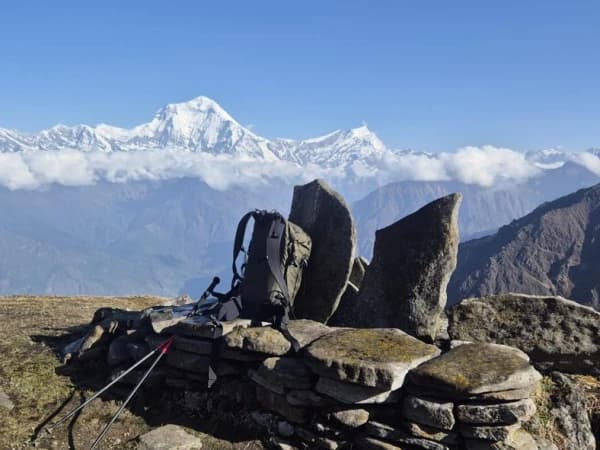
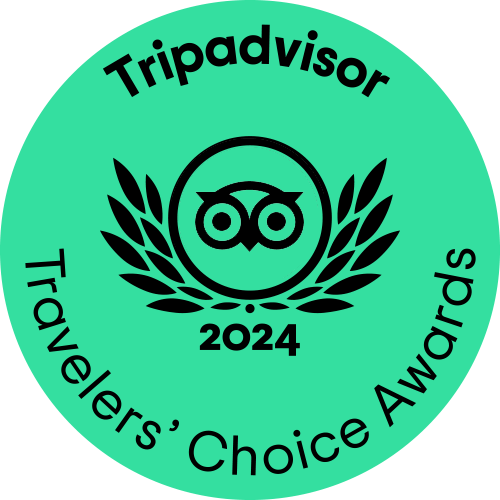
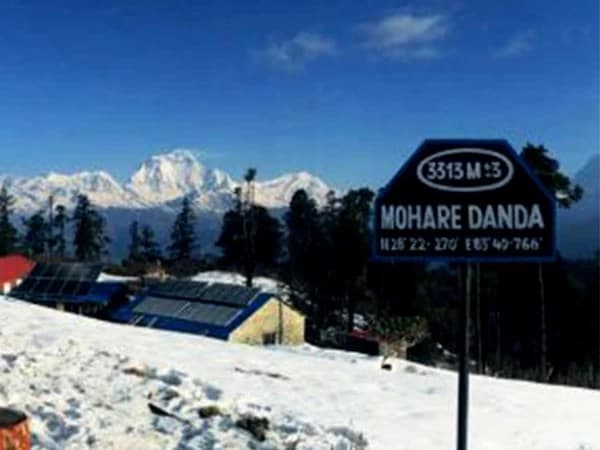
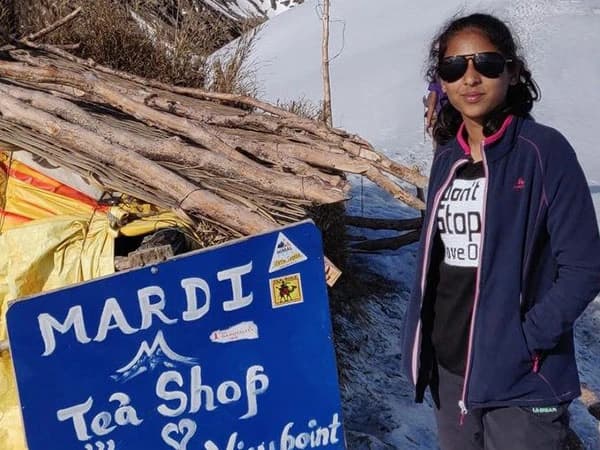
.webp&w=1200&q=75&dpl=dpl_EiqBnGJVtEAU77Sszo4VoxKYvXf2)